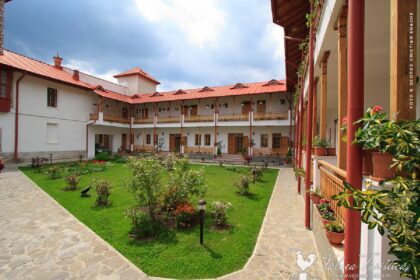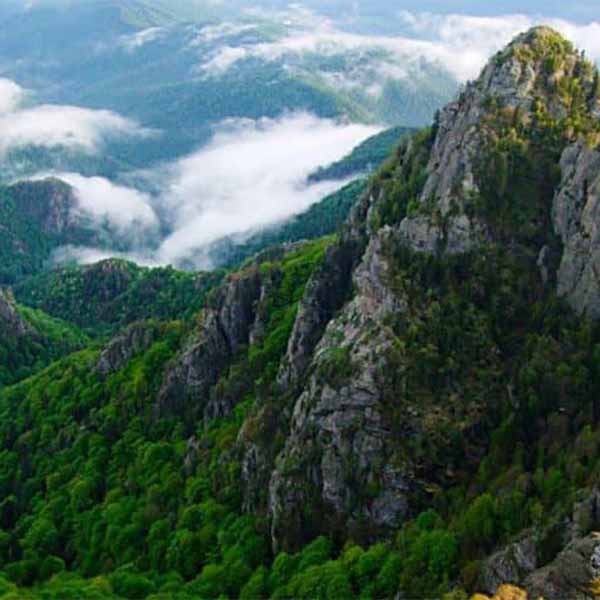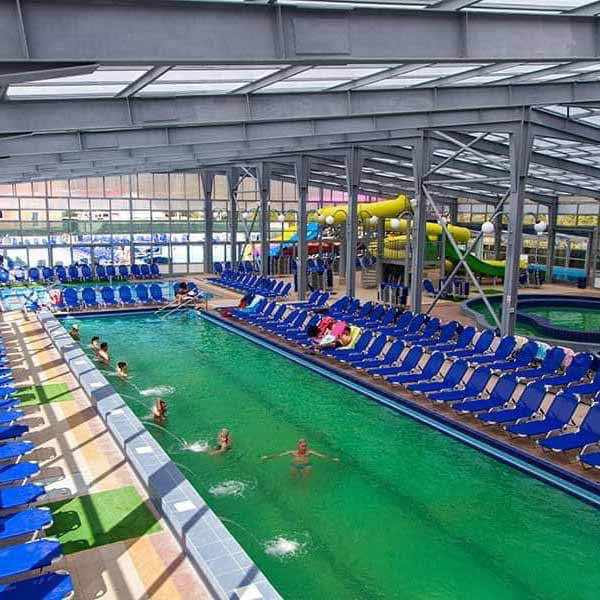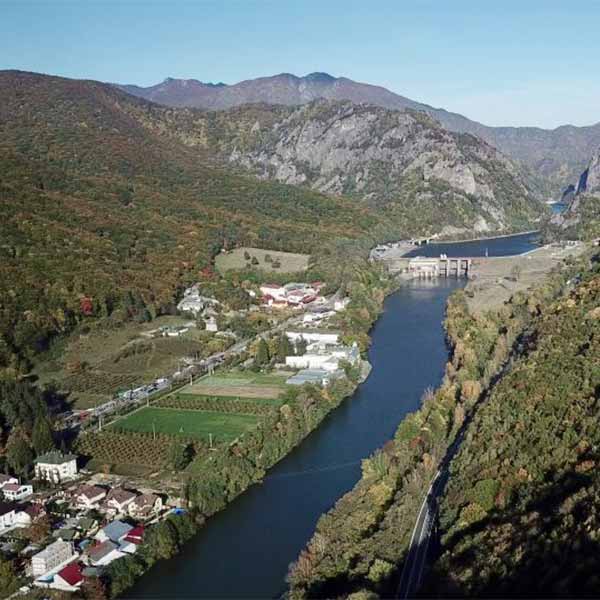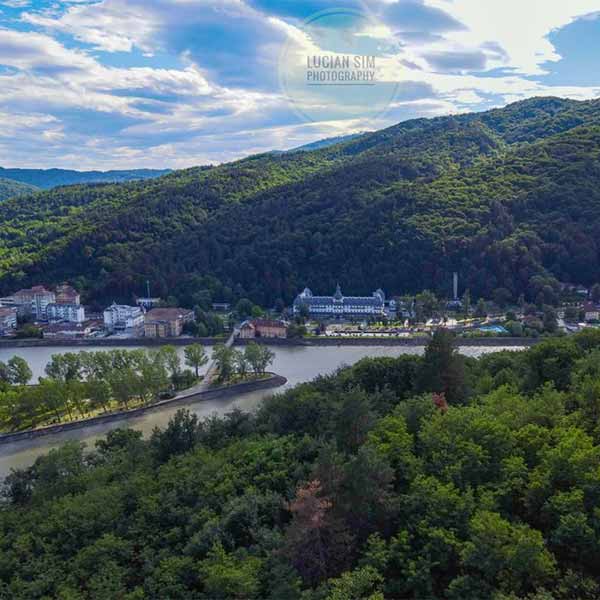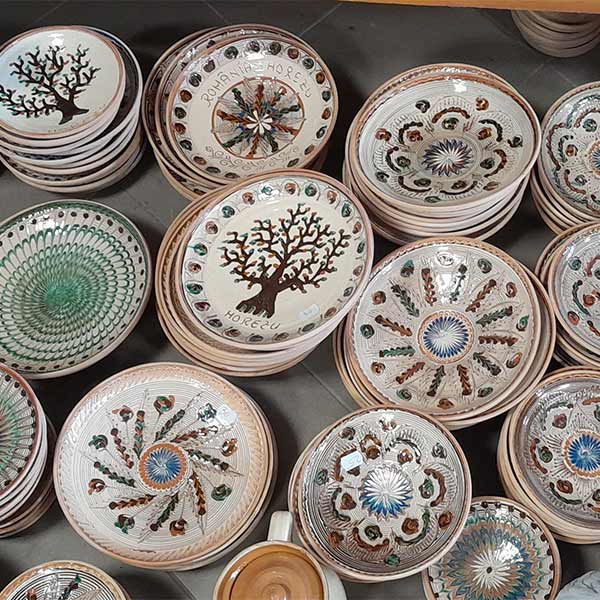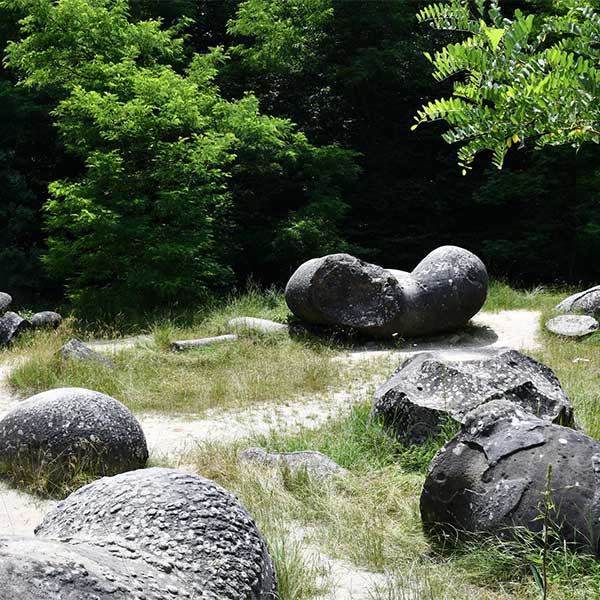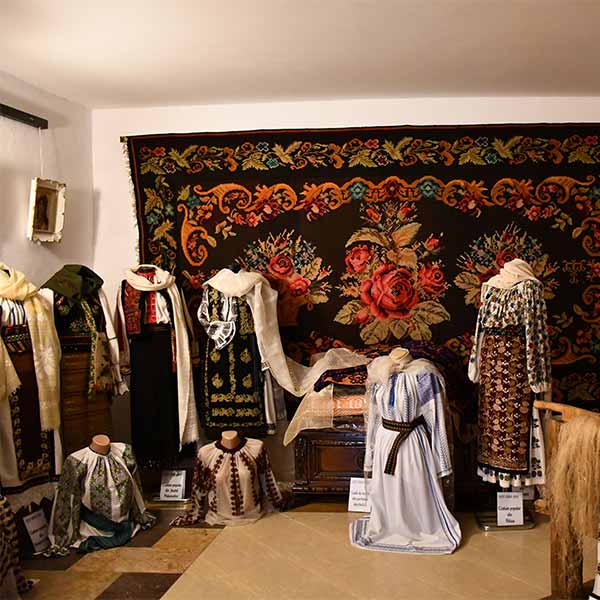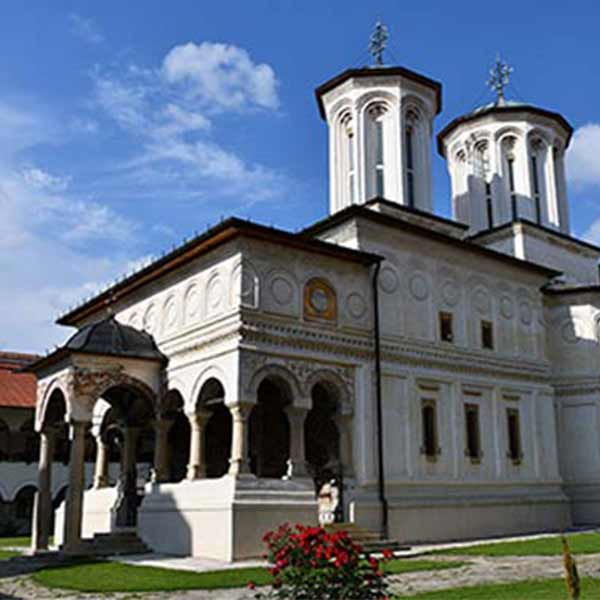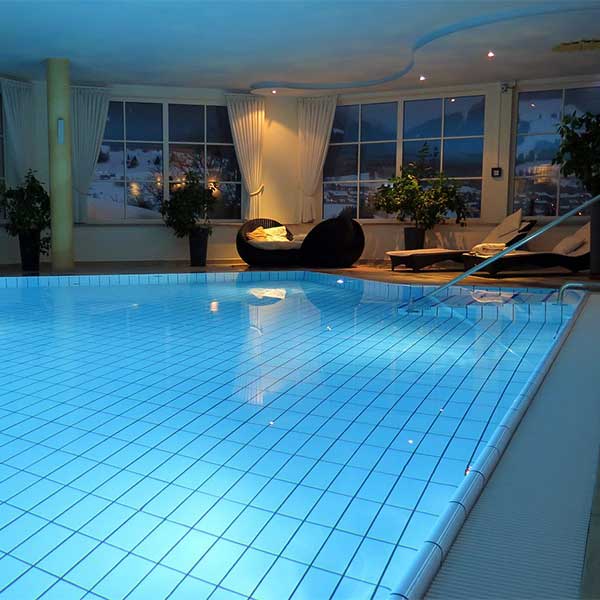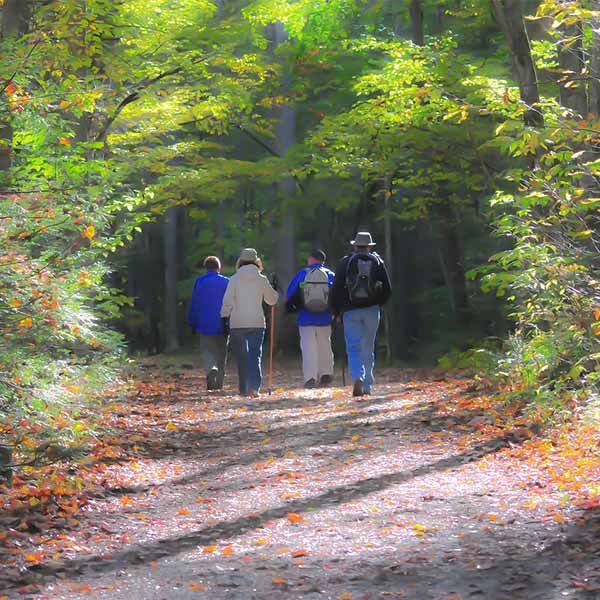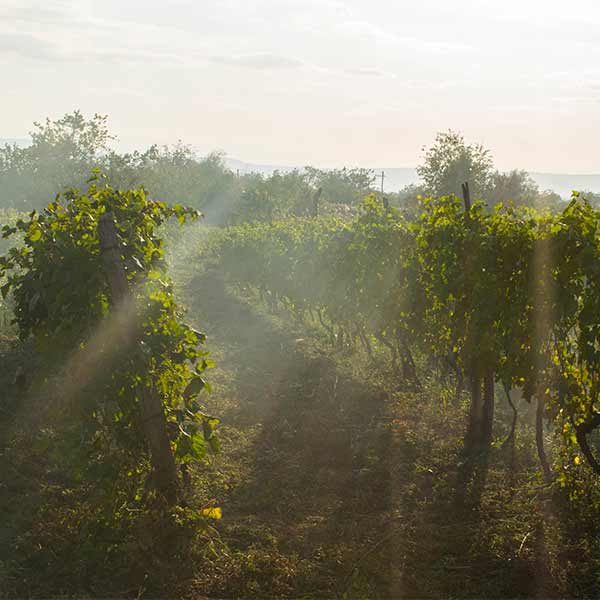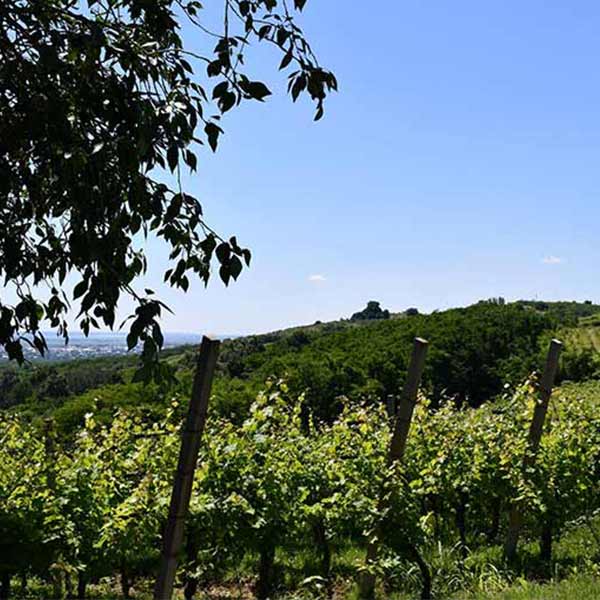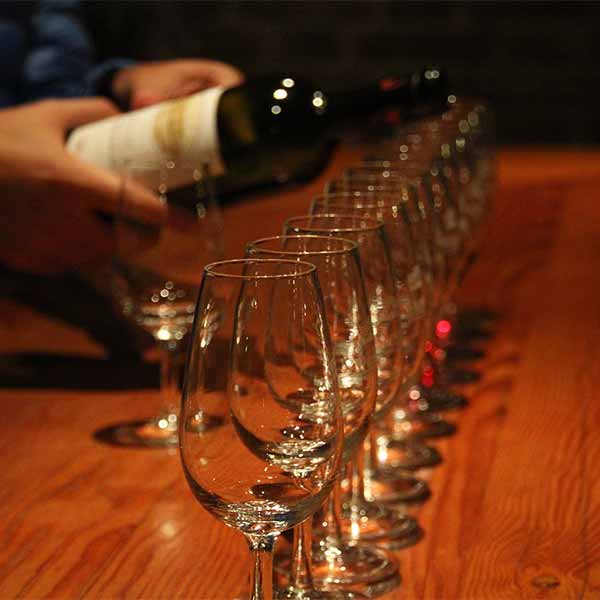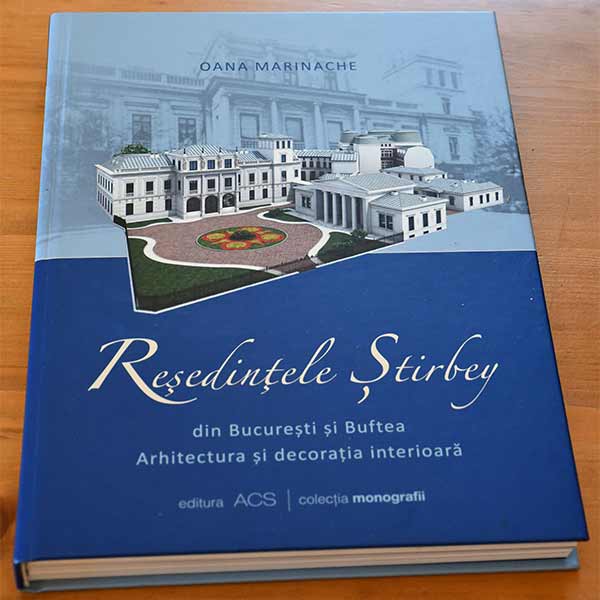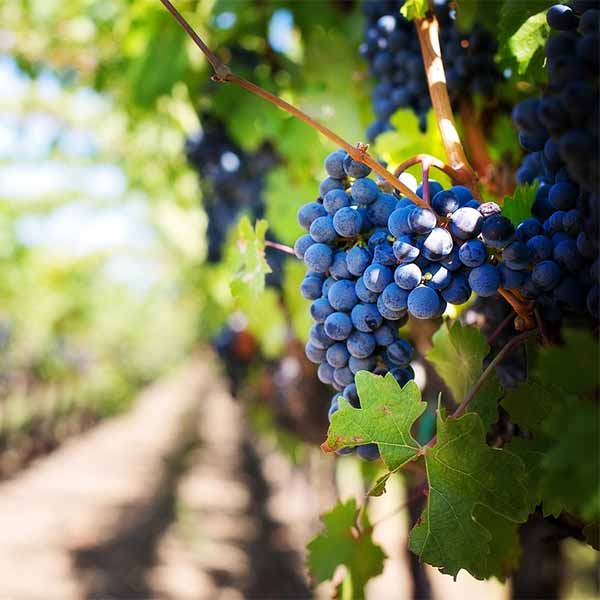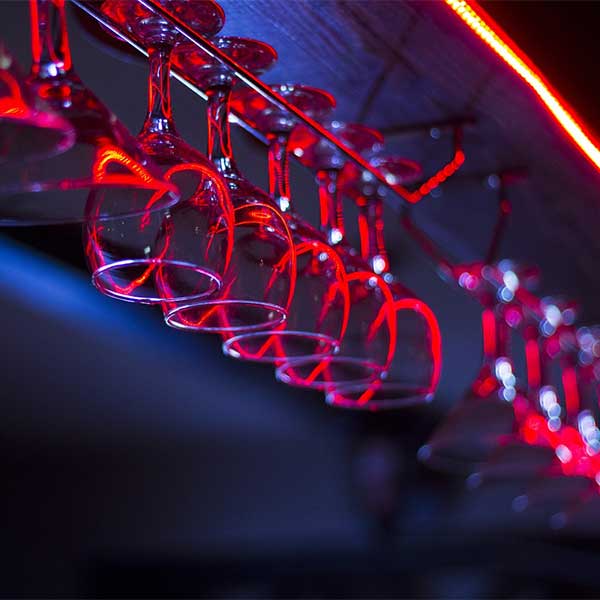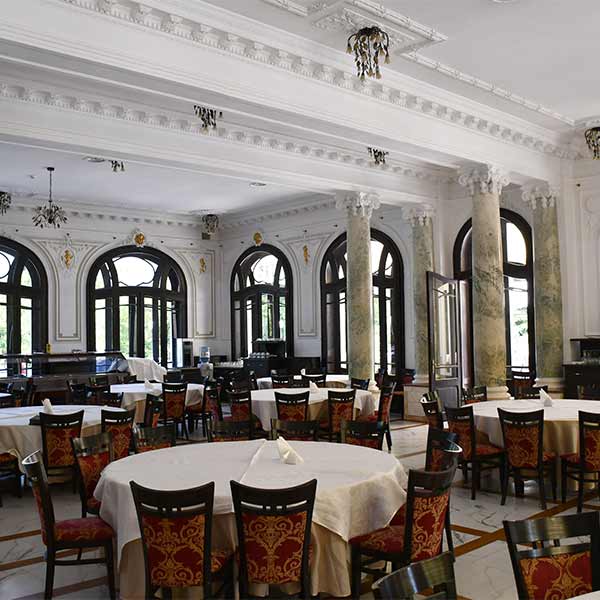
Arnota Monastery
Arnota Monastery
Arnota Monastery was founded by Matei Basarab in 1633-1634, with the “Saints Archangels Mihail and Gavriil” as its patronage, on the foundation of an older church, being situated 37 km from Ramnicu Valcea, close to Bistrita Monastery and Hurezi Monastery. According to a legend, Matei Basarab built the monastery here because, before becoming a prince, he found escape in these places, hiding in some reeds, being chased by the Turks.
Researches in 1974, carried out under the aegis of the Directorate of Historical Monuments, allowed to find that the foundation of the present church are traces of other churches still undated, which will have existed here.
| Schedule: | ||
|---|---|---|
| Monday to Sunday | 12:00 – 16:00 | 18:00 – 20:00 |
The porch with a spire was added by Constantin Brancoveanu, at the beginning of his reign, with the repairs, in 1705-1706. He also rebuilt the canopy, a true work of sculptural art, in Brancoveanu style (since 1913 it is in the museum in Bucharest) and renovated the painting, without replacing the original one.
The door of the church, carved in chestnut wood, has an inscription in Slavonic, which reads: “These doors were made by Constantin Brancoveanu vel-logofat”. They preserve the original painting “painted” under the pious gentleman, when the porch was painted, which he also added, painting that has not survived until today. The original painting has a great artistic-documentary value, the portrait of Matthew Basarab, painted in 1644 by the painter Stroe from Targoviste, is also very valuable.
The monastery church is a small construction, with a simple and sober line, being built according to a trilobed plan, with polygonal apses and open porch. Above the nave there is a high spire, and on the porch there is another smaller spire, the one from Brancoveanu’s time. The facades have been divided by means of an apparent brick bracket into two registers: the lower one, in which beautiful rounded friezes can be seen, and the upper one, in which deep ocnits have been made. The walls and the spires are embellished with ornaments in apparent brick.
The renovation of the church was done between 1852-1856, by the ruler Barbu Stirbei, who demolished the old chapels from the time of Matei Basarab, already ruined, and erected here other buildings, according to the plan of foreign architects.
In 1934 some more chapels were built, which still exist today, in one of them a small museum was set up where the monastery’s artefacts were exhibited, and between 1954-1958 the entire monastic settlement was consolidated and water and heating installations were introduced.
Two tombs are located in the present church pronaos: the tomb of Matei Basarab, who died on April 9, 1654, buried first in Targoviste and then brought to Arnota, after the revolt of the Seimeni, and the tomb of Danciu vel-vornic, father of Matei Basarab, former ostean of Michael the Brave, who fell during the battles in Transylvania, fought with the hero of Turda, buried in 1604 in Alba Iulia, his remains being brought to Arnota in 1648.
This beautiful monastery, through its painting, architecture and sculpture, can be considered one of the most representative historical and religious art monuments in the country.
After 1999 Arnota became a nunnery.
Thanks Vâlcea Turistica for permission to use the photos and information.




